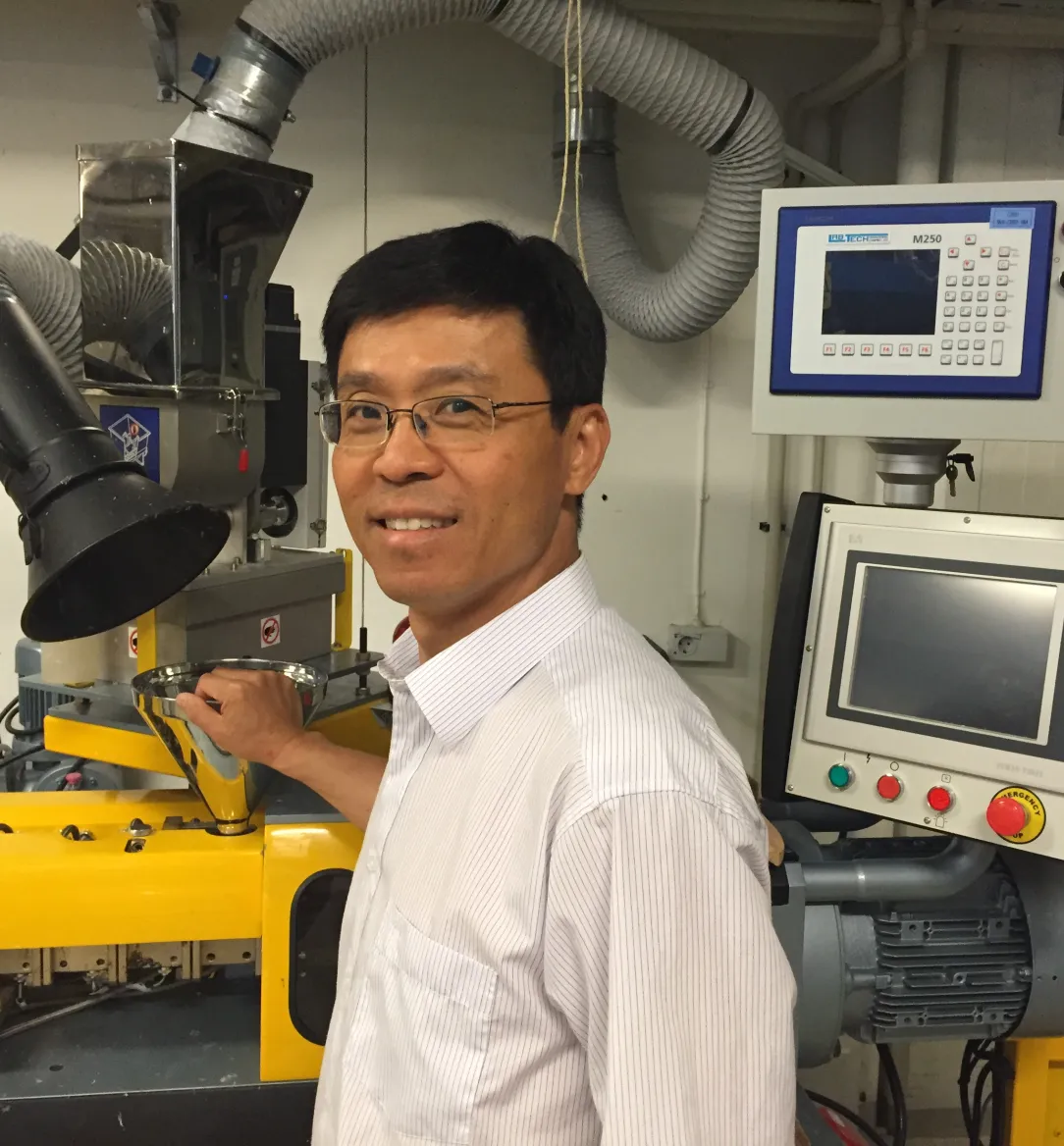The process for manufacturing prosthetics is time-intensive, both for the healthcare sector and for the patient, since each prosthesis is unique and must be tested and adjusted to fit perfectly. With the aid of 3D printing technology and biocomposites, RISE has investigated the possibilities of simplifying the process of manufacturing prostheses, while adding better strength and environmental properties.
The materials used for prosthetics must meet high requirements in terms of strength, lightness and durability. Materials used in prosthetics today include fossile materials such as plastic, metal and carbon fibre. All these materials are strong and durable but not especially light. By developing a biocomposite consisting of polypropylene and nanocellulose, RISE and its project partners has created a material that is even stronger and makes it possible to create even lighter prosthetics.
– “Material properties and environmental aspects have led to a demand for new materials,” explains Li Yang, senior project manager at RISE. “Design for re-use kan also be a part of the material development process.”
Production using 3D printing
The project that Yang managed, Ampoform, focused both on the material and on the development of 3D printing technologies. Quality dissemination is a known problem when it comes to 3D printing, which becomes extra difficult when printing in new materials where there is no prior knowledge.
The project has also looked at the possibility of developing the prosthesis production process using 3D printing. Because each prosthesis is unique, production is extremely time-intensive for both the healthcare system and the patient. The prostheses must be tested, adjusted manually and retested. For a growing child, this process will also have to be repeated.
– “Prosthesis don’t come in sizes like clothing,” says Yang. “Each patient is unique, so each prosthesis has to be unique too. We can achieve this uniqueness with the help of 3D printing. And using 3D printing in production also benefits the environment by minimising wastage.”
If we can succeed with prostheses, we can succeed with virtually anything

An even more personal prosthesis
Making it easy to produce a perfectly fitting prosthesis is just one advantage of the new production method. 3D printing also allows patients to be involved in creating their own personalised prosthesis.
– “It makes it easier to communicate with the customer and modify the prosthesis,” Yang explains. “With 3D printing, no geometry is too complex. Everything is possible. And having the opportunity to have a personalised prosthesis can also improve patients’ quality of life.”
Benefits for the environment, the patient and the healthcare sector
One of the companies that participated in the Ampoform project is Embreis, which develops, manufactures and sells prostheses and orthotics to orthopaedic departments in the healthcare sector. Embreis recognises the advantages of the new material and production method.
– “The environment, patients and the healthcare sector are the big winners,” says Kennet Hellberg, Research and Development Manager, Embreis. “The environment wins because we use renewable materials and reduce wastage, thereby also cutting material transport. Patients benefit because they get their prosthesis quicker and orthopedic engineers can see how it will look prior to production. And the healthcare system benefits because patients are required to spend fewer nights in hospital while waiting for their prosthesis. Moreover, the prostheses can be stored digitally and used for research and educational purposes.”
Potential to revolutionise prosthetic production
Although the new prosthetic production technology is still not widely available, Yang believes it will radically change the industry.
– "The production process will be simplified with the help of 3D printing and new solutions for example 3D scanning. It will revolutionise the supply chain and make it possible to work remotely. But in order for this technology to break through, greater and wider knowledge is needed about CAD and digital design.”
Kennet sees a similar challenge:
– “The new manufacturing method requires expertise in 3D patient scanning, the scanning needs to be modulated and a prosthesis needs to be designed in CAD. Many tools are available today to help users do this, but there is no software for easily creating a complete and well-functioning prosthesis.”
The Ampoform project was carried out under Bioinnovation, a strategic innovation programme, and is coming to en end. But efforts to find ways of manufacturing prostheses from forest raw materials continue under other products. Yang also hopes that the industry will continue work on the production methods and materials that were developed under the project.
– “We decided to work with prostheses in the project for one reason: it was the toughest challenge we could think of, with the highest demands for durability and sustainability. If we can succeed with prostheses, we can succeed with virtually anything,” concludes Yang.


